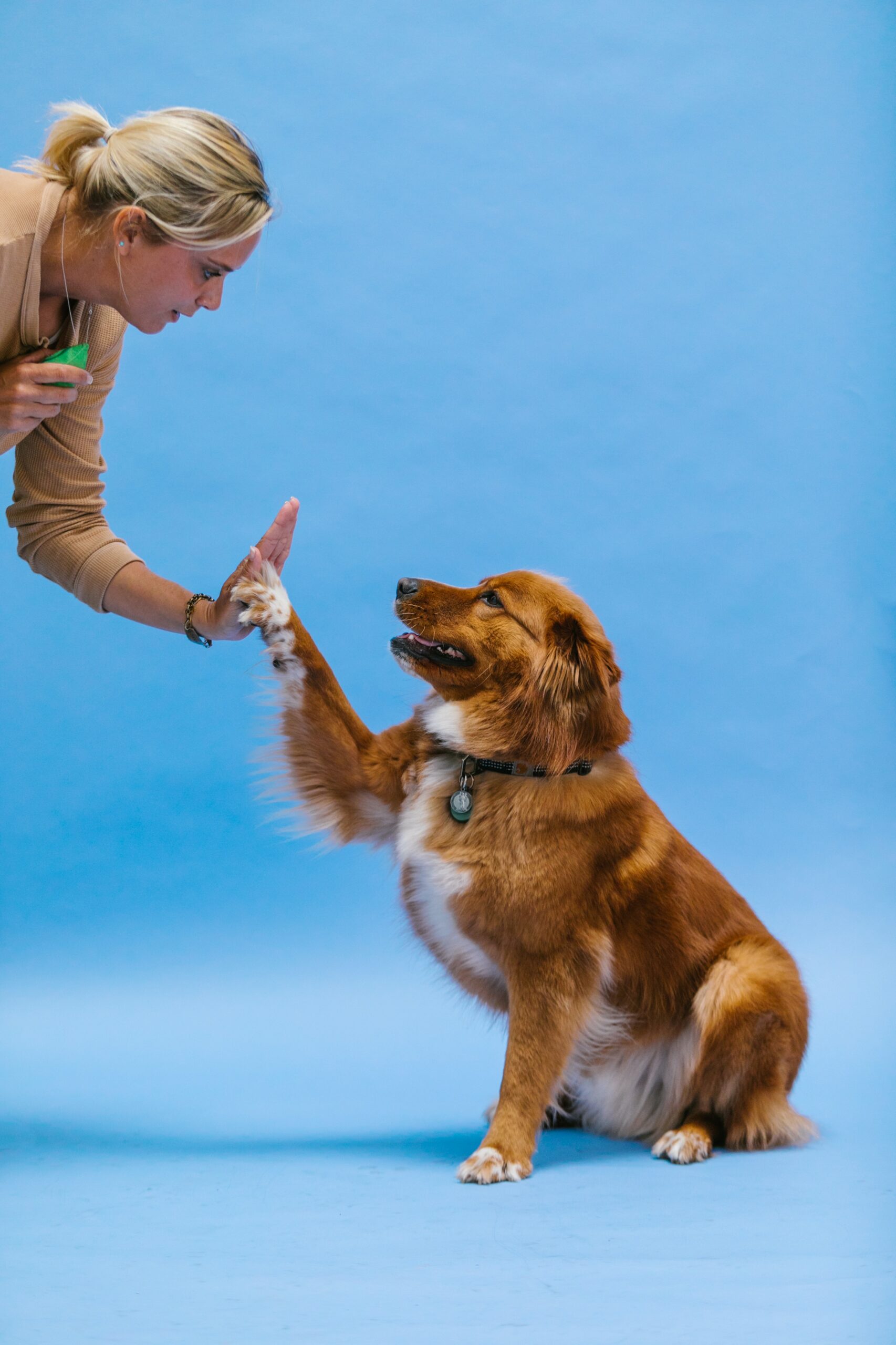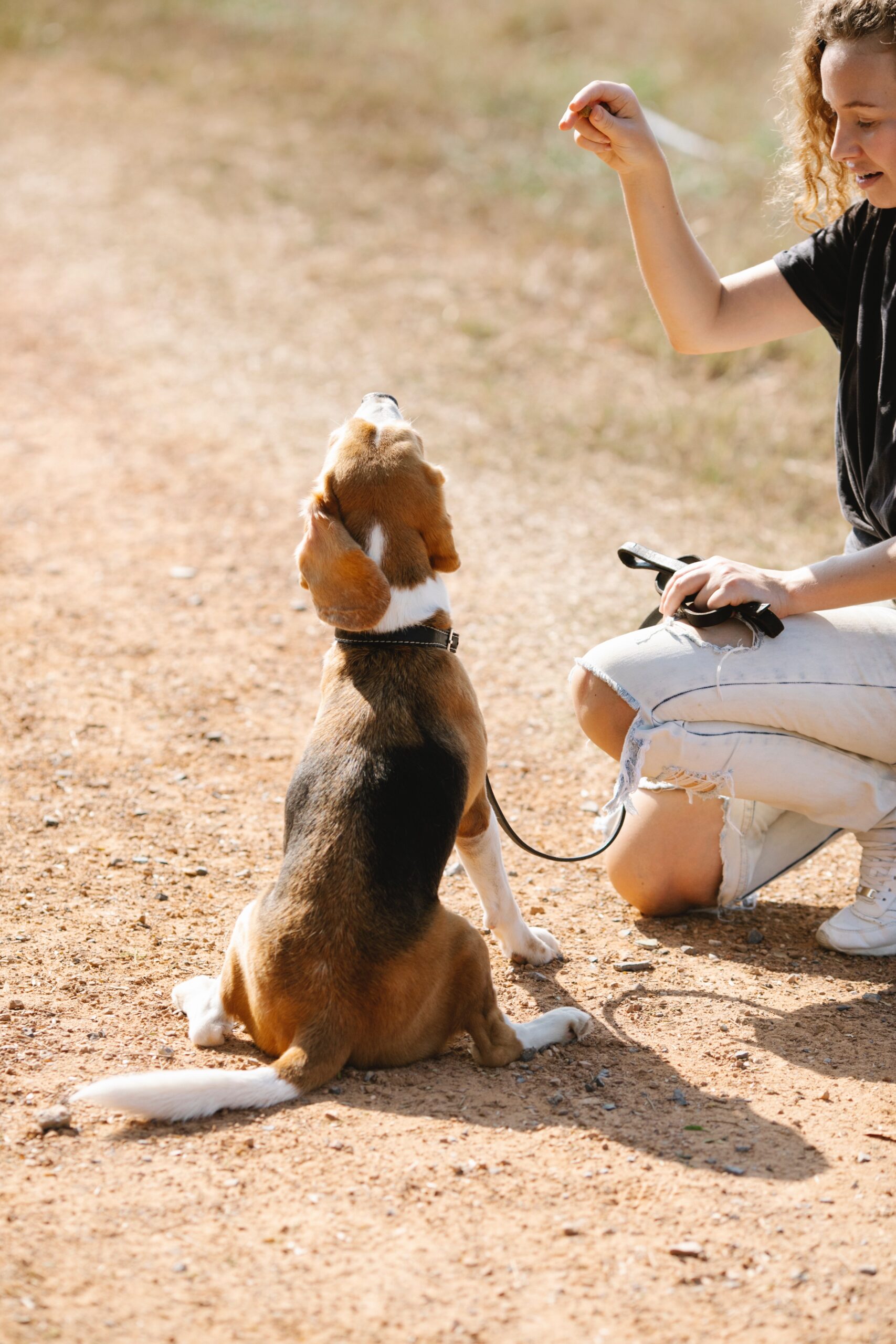Introduction
Dogs are one of the best things in life. They make great cuddle buddies, walking partners, and watchdogs. But sometimes, our four-legged friends can be a little naughty. If your dog is constantly jumping on you or running around the house like a maniac, it might be time to teach them how to sit.
Sit is probably the most important behavior you can teach your dog. It’s a cue that will come in handy in many situations- from asking your dog to wait while you open the door to getting them to settle down during a hectic day.
In this blog post, we’ll go over everything you need to know about teaching your dog to sit- from what supplies you’ll need to different training techniques. By the end of this guide, you’ll have a well-behaved pup who knows how to sit on command!
Best way to teach dogs to sit
For dog training, people use all sorts of different methods to get their dogs to sit. Some use treats, some use verbal commands, and some even use physical force. So what’s the best way to teach your dog to sit? That’s where lure training and clicker training come in!
Keep reading to find out more about these two effective methods for teaching your dog the all-important “sit” command.
-
Lure Training
Lure training is a popular method for teaching dogs to sit. The basic principle behind lure training is that you use a treat or reward to lure your dog into the desired position.
For example, to teach your dog to sit, you would hold a treat in front of its nose and then move it back towards its tail. As your dog follows the treat with their nose, it will naturally end up sitting down. Once your dog is in the desired position, you will give them the reward and praise them for a job well done.

-
Clicker Training
Clicker training is a more sophisticated way to train your dog, but it can be very effective. The first step is to purchase a small clicker device, which makes a distinctive clicking sound when pressed.
Once you have your clicker, you’ll need to associate it with positive reinforcement, such as treats or rewards. To do this, simply click the device and then immediately give your dog a reward. After a few repetitions, your dog will start to associate the clicker sound with getting something good.
Then you can use the clicker to mark the desired behavior – in this case, sitting. Every time your dog sits on cue, click the device and give him a reward. With patience and practice, your dog will learn that sitting is a behavior that gets him the reward.

How to train dogs to sit: A step-by-step guide
Here’s a step-by-step guide on how to train your dog to sit:
Start training session
Start with your dog in a standing position. You can have him sit if he knows how, but it’s not necessary.
Lure with a treat in a sitting position
Hold a treat in your hand and place it close to your dog’s nose so he can smell it.
Slowly raise the treat up and over your dog’s head until he sits down. As soon as his bottom hits the ground, say “sit” in a calm voice and give him the treat.

Drilling-Repeat the process
Repeat this process several times until your dog is sitting on command without the use of a treat. If he starts to stand up, simply say “no” and start over from step 2.
Phase out treats when the dog sits on command
Once your dog responds and sits on command, you can phase out the use of treats by rewarding him with praise or his favorite toy instead.

Why your dog should learn to sit?
One of the most basic commands that any dog can learn is “sit.” Aside from being a relatively easy trick for your dog to master, there are a number of reasons why this command can be beneficial.
For one thing, teaching your dog to sit on command can help to prevent them from jumping up on guests or engaging in other unwanted behaviors, or when you’re running inside a convenience store for a quick errand while your dog is on-leash.
Additionally, it can be helpful in situations where you need your dog to remain calm and still, such as when grooming or during veterinary examinations.
Finally, learning to sit can be the first step in teaching your dog more advanced tricks. As such, there are many good reasons to take the time to teach your dog how to sit.
With a little patience and practice, most dogs will be able to learn this simple but useful command.
Cautionary measures during training sessions
-
Start with short sessions
When training your dog to sit, it is important to start with short sessions. Dogs have a limited attention span, so if you try to train them for too long, they will get bored and will not be as likely to learn the desired behavior.
It is also important to keep training sessions fun and upbeat; if the dog senses that you are angry or frustrated, it will not be as receptive to learning.
-
Use positive reinforcement
When training your dog, it is important to use positive reinforcement. This means rewarding your dog for displaying the desired behavior.
The most common form of positive reinforcement is offering a treat; however, you can also use verbal praise or petting as a reward.
Some dogs are rambunctious and have a more difficult time learning to obey commands than others. It is important to avoid using punishment when training your dog. For example, avoid forcing your dog into the sit position in a stressful situation, and never force your dog to sit for long periods of time, as this can lead to fear and anxiety and will not be effective in teaching the desired behavior.

-
Be consistent
It is important to be consistent with dog training. This means using the same commands, rewards, and punishments each time you train. If you are inconsistent, your dog will become confused and will not be as likely to learn the desired behavior.
-
Be patient
Training a dog takes time and patience. Do not expect your dog to learn a new behavior overnight; it may take weeks or even months of consistent training before they finally understand what you are trying to teach them.
If you become frustrated during the training process, take a break and come back later; chances are, your dog will still be just as eager to learn as they were when you started.
In a Nutshell
Teaching your dog to sit is one of the most important things you can do for them. It’s a behavior that will come in handy in many different situations and is essential for establishing dominance and communication.
In this blog post, we’ve outlined everything you need to know about how to teach your dog to sit. By following our guide, you’ll have a well-behaved pup who knows how to sit on command!
FAQs
How much time does it take a dog to learn to sit?
It typically takes a dog between 2 and 4 weeks to learn to sit on command.
The time it takes a dog to learn to sit on command can vary depending on the dog’s temperament, intelligence, and obedience training experience. But in general, most dogs can be taught how to sit in 2 to 4 weeks with consistent reinforcement from their owners.
How can I teach a dog to sit from the “down” position?
First, get your dog in the “down” position. Once your dog is in the “down” position, place a treat directly in front of your dog’s nose and slowly move it back while saying “sit.” As soon as your dog’s bottom begins to elevate off the ground, say “yes!” and give them the treat. Repeat this process several times per day until your dog sits from the “down” position.
